Is Your Organization Ready to Reopen? Here’s a 10 Point Checklist.
[Editor’s Note: Today’s post comes from Sharlyn Lauby, president of ITM Group and author of the blog HR Bartender.]
According to a recent Gartner poll, 69% of midsize companies are planning on reopening their workplaces in the second half of 2021. This really isn’t a surprise. As more individuals are vaccinated, it’s logical to talk about gathering together – in both our personal and professional lives.
The question becomes what does reopening the workplace look like. SilkRoad Technology’s latest report on “Full-time Flexibility: Do employees feel supported working from home?” found that about 2 in 5 office workers planning to look for new job opportunities based on how their employer handled the pandemic. That includes how the organization welcomes employees when they reopen the workplace.
A popular option for organizations is to consider a hybrid workforce. It’s being defined as a flexible working option that allows employees to spend time onsite or remote, based on their work projects. But for a hybrid workforce to be successful, it takes careful consideration and planning. Here are ten things for organizations to discuss as they reopen their offices and build their hybrid workforce:
Culture
- Is the existing organizational culture well defined? There are many people out there saying that having everyone onsite is “part of their culture.” Organizations need to ask themselves, “Is it really being onsite that drives culture or is it the camaraderie and teamwork?” Because camaraderie and teamwork can – and should – happen without everyone being onsite.
- Can culture evolve with the times? As organizations grow and mature, culture often changes. That’s a good thing. Organizations should explore whether this is a time to reinforce existing culture or be open and receptive to new culture elements.
- Does everyone know the key elements of company culture? This ties into the first question. Once everyone agrees with the key elements of company culture, make sure it’s communicated to everyone at every level of the organization. As organizations discuss reopening, this is a perfect time to reinforce culture.
Tools and Training
- Is the organization’s technology able to support the company’s talent strategy? The chances are good that reopening includes technology. A study by McKinsey revealed that the COVID-19 pandemic has accelerated digital transformation by as much as seven years. It’s essential for organizations to make sure they can hire, engage and retain the best talent regardless of where they’re located. That means aligning technology with the company’s talent strategy.
- Are workflows, job descriptions, and performance standards current? Another takeaway from the “Full-time Flexibility” report was that employees took on a lot of extra responsibilities during the pandemic – often without adequate training and management support. As part of the reopening process, organizations will want to make sure they have the right people doing the right things in the right location.
- Do employees understand their role and performance expectations? Once performance standards and job descriptions are current, management needs to share them with employees. In addition, this is a great time to acknowledge any new tasks that an employee did during the pandemic and discuss how those responsibilities will continue or be transitioned to someone else.
- Who is responsible for training, mentoring, and coaching? And are they prepared? If – for whatever reason – an employee is going to continue doing a task that they haven’t been trained for, now’s the time to give them the proper training. That means ensuring that the organization has trainers, mentors and coaches (onsite and remote) ready to help with reopening.
Change Management
- Does the organization have a proven change management model? Has it been communicated to employees? One of the key factors in business success is the ability to manage change. Reopening the workplace is an example. Employees have been away for weeks, months, possibly over a year. It could be helpful to offer some guidance on how to manage the change back to the workplace. And for employees who will continue to work in a hybrid model, give them some tips on doing it well.
- Is the organization having regular conversations about agility and the speed of change? Not only do organizations have to help employees manage change, but they also need to talk about the speed of the change. Reopening doesn’t have to be sudden. Organizations have the ability to create a reopening strategy that happens at a speed that successfully works for them. A hybrid work model could be exactly the transition that everyone needs and wants.
- Are change efforts celebrated? Reopening the workplace will be a big effort. This is an opportunity for the organization to learn from its challenges and celebrate its successes. Be sure to have a thorough debrief about the reopening and how the hybrid model worked.
As organizations think about reopening the workplace, the conversation will naturally turn to welcoming employees back to the workplace. Employees will remember how the reopening was decided, announced, and communicated. They will be looking for clarity on their role, flexibility to get the work done, and support from management. These ten questions can start the conversation toward ensuring that the organization builds a hybrid workforce that supports a strong reopening and establishes the foundation for success in the years to come.



















